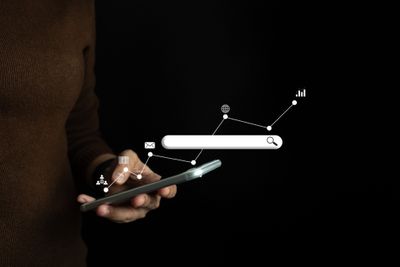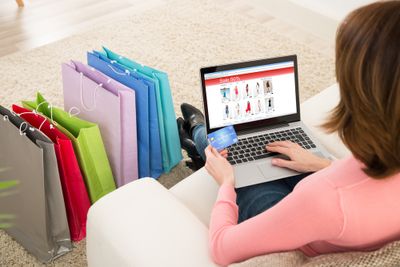Featured
Site Search: The Ultimate Guide to Internal Search
Zohar Gilad
Co-Founder & CEO
December 2, 2024

Top articles
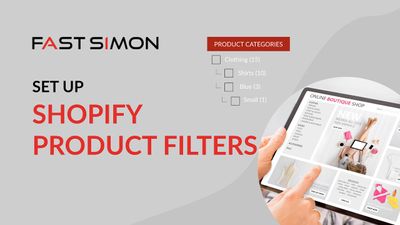
Optimized eCommerce Experience
November 21, 2025
Simplest Way to Add Product Filters to Shopify: Step-By-Step Guide (+Images)
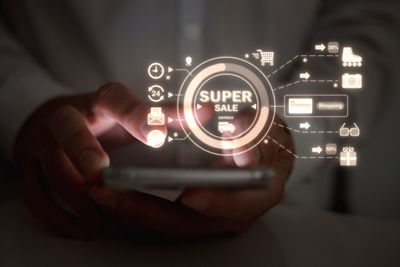
Site Search
November 19, 2024
Can AI Search the Internet? Search Engines, AI Assistants, and Tips for Optimization
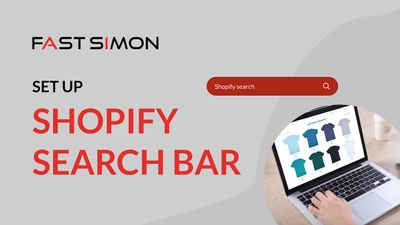
Site Search
November 19, 2024
Guide to Shopify Search Bar: Add, Customize, Troubleshoot, Remove, and More
Site Search
View allOptimized eCommerce Experience
View all
Optimized eCommerce Experience
November 24, 2025
Conversational AI Design: 7 Best Practices for Smarter Flows

Optimized eCommerce Experience
November 21, 2025
Simplest Way to Add Product Filters to Shopify: Step-By-Step Guide (+Images)

Optimized eCommerce Experience
November 6, 2025
Why Is Black Friday So Successful?

